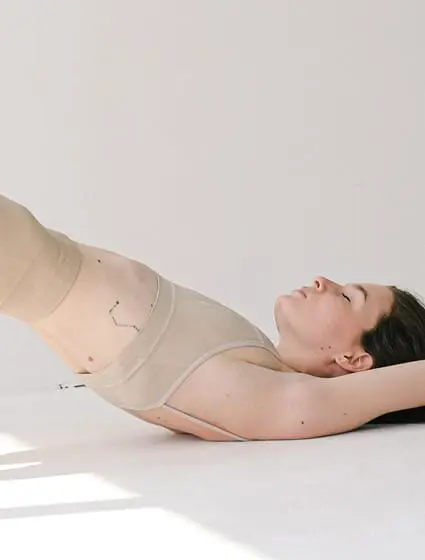Pelvic Floor Laxity
Due to factors such as the body’s normal ageing, childbirth, menopause, and weight gain, the pelvic floor muscles weaken and insufficiently support the pelvic organs.


Pelvic Floor Laxity
Due to factors such as the body’s normal ageing, childbirth, menopause, and weight gain, the pelvic floor muscles weaken and insufficiently support the pelvic organs.
Having strong pelvic floor muscles provides control over bladder and bowel function. Weak pelvic floor muscles can result in inadequate support of internal organs and difficulties controlling urinary release.
Symptoms of Pelvic Floor Laxity.
Those struggling with a weak pelvic floor may experience the following symptoms;
- Stress incontinence is typically caused by menopause or childbirth
- Embarrassing urine when laughing, coughing, sneezing, or exercising
- Inability to control bladder when feeling a sudden, intense urge to urinate
- Female prolapse, this can present as a bulge in the vagina or a feeling of discomfort, heaviness, pulling, or dropping in the area
- Male proplapse, this may be felt as a bulge in the rectum or an urge to urinate
- Pain during sexual intercourse


Our Approach.
Take the first step towards a life without limits. Don’t let incontinence hold you back any longer.
EmpowerRF is an advanced, non-invasive treatment explicitly designed to address a wide range of intimate health concerns, including urinary incontinence, weak pelvic floor muscles, and urgency.
Pelvic floor weakness and imbalance are common issues that can impact confidence, comfort, and even sexual function in women. EmpowerRF combines radiofrequency and electrical muscle stimulation to strengthen and rebalance the pelvic floor, helping you regain control, improve function, and enjoy a better quality of life.
Sessions are comfortable, efficient, and require no downtime—making it easy to fit into your routine.
During your consultation, our expert team will assess your needs and create a personalised treatment plan—your bespoke roadmap to enhanced pelvic health and sexual wellness with Laser + Skin Clinics.
For clients seeking additional support, we also offer EMSELLA, a high-intensity electromagnetic chair treatment proven to strengthen pelvic floor muscles.
We are proud to share that Dr. Nassema Moorad also runs a dedicated Female Health Clinic, where you can address all of your pelvic floor stability concerns—whether postnatal, perimenopausal, or postmenopausal.
Book a Consultation
Let's boost your confidence in every possible way!
Unlock the secret to youthful radiance with our medical-grade skin care products.
Visit our online shop








Connect with us on our other platforms